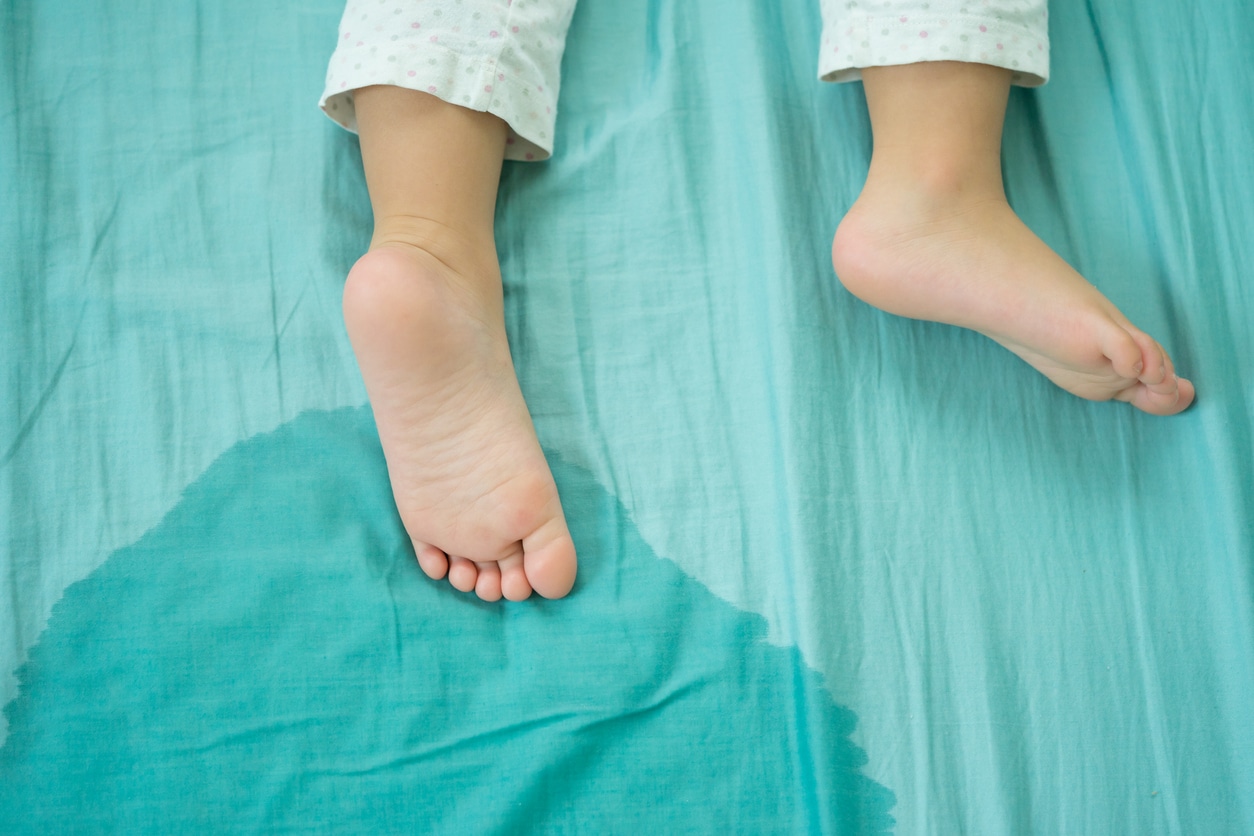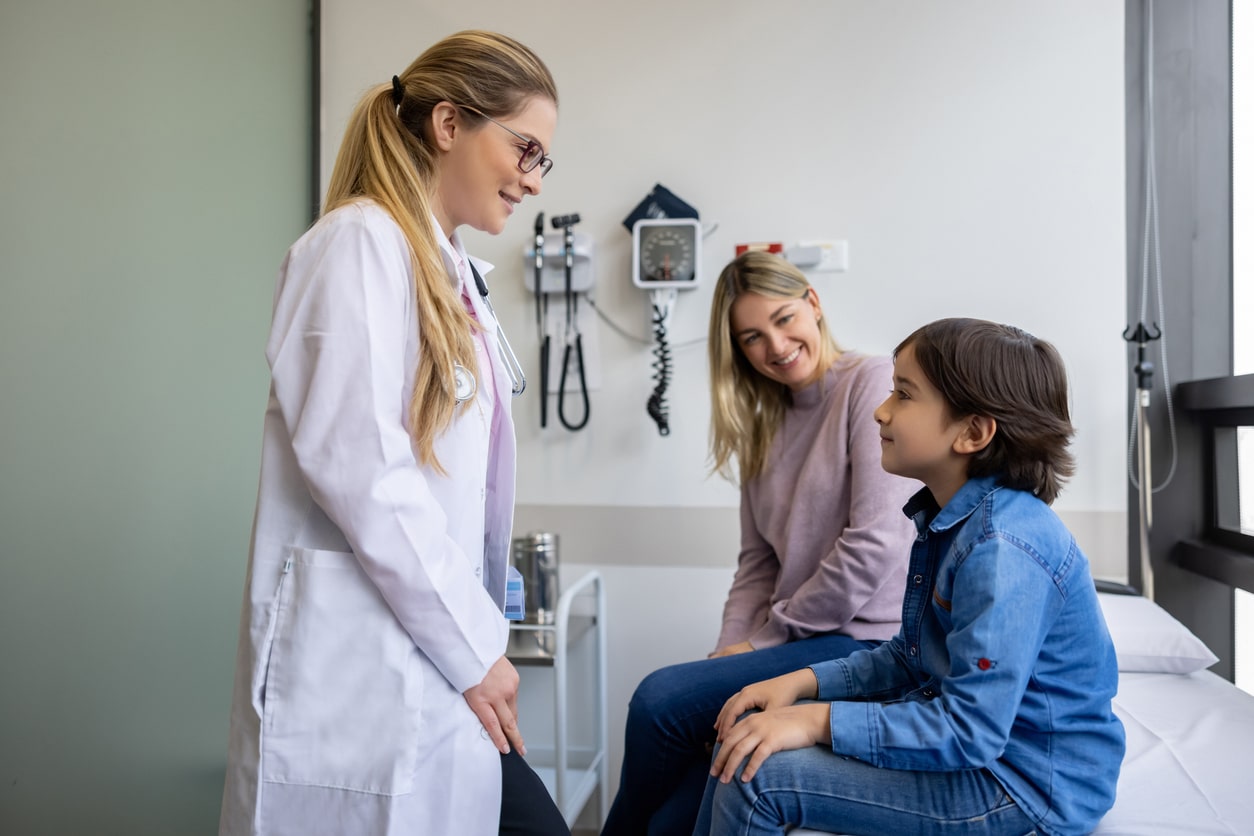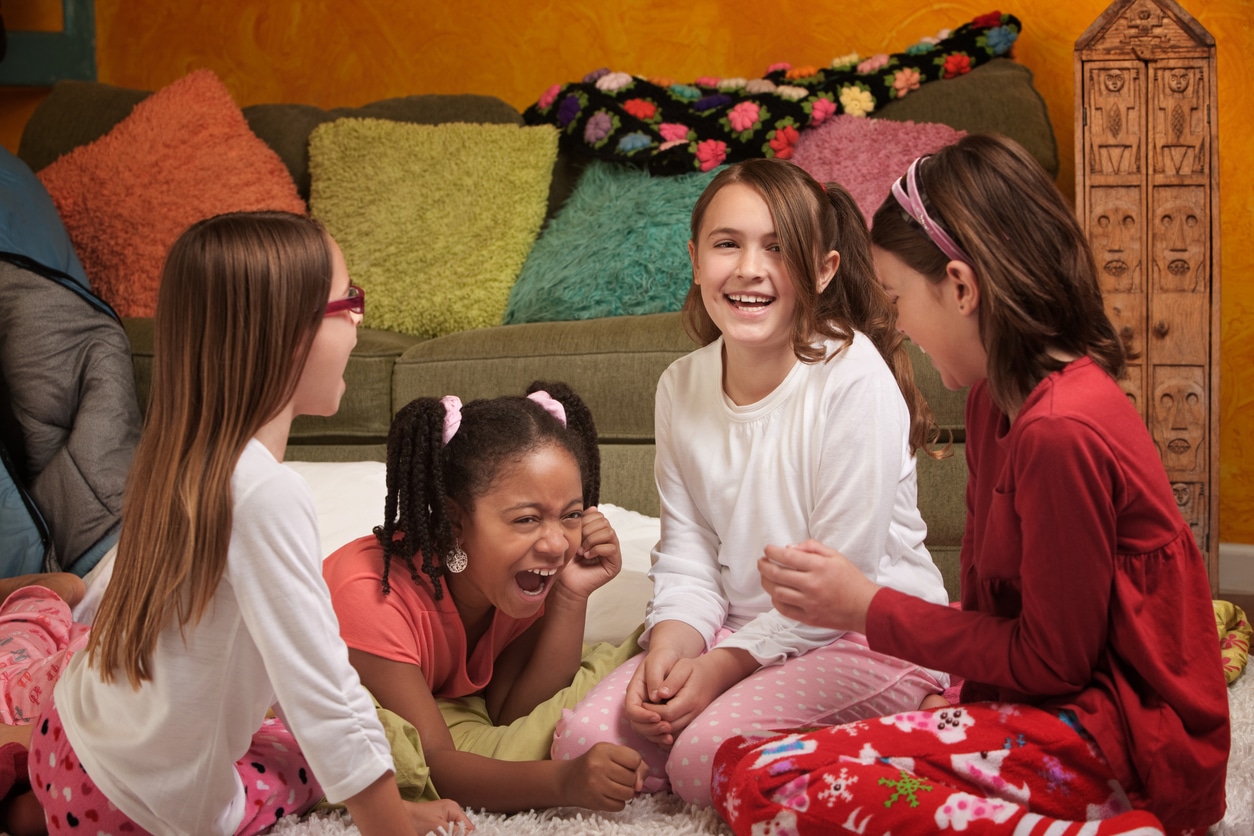
In this series of blogs, we’ve touched on the role genetics play in children who are bedwetters.
In my last blog, I talked about the poor production of antidiuretic hormone (ADH) that can run in families and is linked to chromosome 22. Poor ADH causes the kidneys to produce the same amount of urine at night as they would during the day.
I’ve shared statistics on the likelihood of a child being a bedwetter if one or both of their parents wet the bed. If one parent wet the bed when they were younger their child is 40% more likely to be a bedwetter. If both parents wet the bed as children their child will have a 77% increased risk of wetting the bed.
We’ll see similar statistics if a child’s sibling wets the bed. Or I’ve seen this relationship in families and relatives once removed. For example, I’ve seen children whose parents did not wet the bed, but their first cousin was a bedwetter.
As far back as the 1930s scientists believed genetics to be a factor in a child’s enuresis.
In the 1990s, scientists found a relationship between enuresis and chromosomes 4, 8, 12, 13, and 22.
In a recent 2021 study, scientists completed a large-scale research project of nearly 4,000 Danish children. These children experienced enuresis or had taken medication for it. They were compared to a control group of 31,000 people.
In this study, they found chromosome 6 as playing a larger role in children with enuresis. And found three protein-coding genes related to children who wet the bed. Here’s a closer look:
How Protein-Coding Genes Affect Children Who Wet The Bed
There were three protein-coding genes of particular interest to scientists in this study:
- PRDM 13
- SIM1
- EDNRB
These three protein-coding genes are found in chromosomes 6 and 13. They appear to play a role in some of the primary causes I’ve talked about related to enuresis.
PRDM 13 is a protein-coding gene that helps regulate:
- The central nervous system
- Sleep
- Interoception (one’s ability to tune into the internal signals of their body)
SIM1 is a protein that regulates the hormone Arcanine Vasopressin. It’s the antidiuretic hormone (ADH) responsible for slowing down urine production at night.

When this hormone is lacking in the body a child will produce urine at night at the same rate it does during the day. A child will either wake up to use the bathroom or wet the bed because they do not sense a full bladder.
EDNRB helps regulate salt and water in smooth muscle. This affects the detrusor muscle of the bladder.
In my blog, Why Constipation Needs to Be Considered When Treating Enuresis, I talked about how a full rectum of stool can put more pressure on a child’s bladder causing the detrusor muscle to contract.
The International Children’s Continence Society (ICCS) tells us 10% of all six-year-olds still wet the bed. And only 15% of those children have a spontaneous cure rate.
Too often pediatricians tell families of children who wet the bed they’ll simply grow out of it. Although a small percentage may, we know most will not.
As I’ve emphasized before, the psychological factors impacting children with enuresis are more devastating than the physiological factors.

Because of this, the ICCS recommends active treatment of enuresis starting at the age of six.
As you gain a better understanding of the primary causes of enuresis in a child’s bedwetting you may be asking yourself what your role is when treating a child who is a bedwetter.
The Role of the Pelvic Floor Therapist When Treating Enuresis in Children
As a pediatric pelvic floor therapist, you have an important role in treating enuresis in children.
Your role is not only to provide treatment to the child and help them achieve dry nights but to also:
- Educate children, their families, and their healthcare providers.
- Help to identify the differential diagnosis to provide effective treatment.
- And to minimize the psychological impact felt by children and their families.
Helping a child and their family members understand the causes of bedwetting can be the key to helping a child achieve dry nights.
Educating pediatricians and other healthcare providers about the importance of actively treating enuresis starting at age six and older is an important piece of creating an open conversation between you and the provider.
Helping other healthcare providers identify the differential diagnosis of enuresis is a key part of a child’s treatment. This also helps you create a trusting relationship between you and the child’s healthcare provider.

And perhaps most important the role of the pelvic floor therapist is to help minimize the psychological impact enuresis has on a child and their family.
This is exactly why I never use the word “accident” when referring to bowel or bladder leaks. Asking if a child had an “accident” implies the child has control of their incontinence. Asking if a child has a “bladder leak” or a “bowel leak” is much more appropriate as it better describes the dysfunction of a system in the child’s body, not a problem with the child themselves.
Other Important psychological factors minimized by active treatment of incontinence include:
- A child’s social well-being. When a child is dry at night they can have a sleepover at a friend’s house. Or go to summer camp. This helps them develop deeper relationships with their peers and boosts their self-esteem.
- Less stress and frustration felt by the child and their family members. Bladder and bowel leaks often cause tension between the parent and the child.

You have an important role in treating children with enuresis beyond the pelvic floor.
How You Can Become More Effective When Treating Enuresis in Children
Take note of these three main points as I conclude my series on enuresis in children:
- Active treatment of enuresis in children should begin no later than six years of age.
- Identifying the primary cause of a child’s enuresis is an integral part of helping a child achieve dry nights.
- The psychological impact of bedwetting is often more devastating than the physiological impact.
It’s also important to remember our role in educating:
- The children we work with
- Their families
- Their healthcare team
My introductory course, Peds Level 1 — Treatment of Bowel and Bladder Disorders: Evaluation and Treatment of Dysfunctional Voiding, Bedwetting, and Constipation provides you with the foundational knowledge and tools needed to be effective in the clinic. In Peds Level 1 you learn:
- The latest in evidence-based research on pediatric bowel and bladder dysfunction
- Recommended clinical guidelines for several of the most common diagnoses
- Anatomy and physiology of a developing child (and how it differs from the adult)
- Evaluation tools and gain insight into which questions you should be asking and why
- Effective treatment interventions to quickly and skillfully manage bowel and bladder disorders in children
I also provide educational materials you can share with your patients so you don’t have to spend time creating your own resources for them.
My Peds Level 1 course helps you get started treating this rewarding and complex population. Even if you’re an experienced therapist this course advances your skills and takes them to the next level.
Check out my courses to find a course that fits your learning style. I offer both in-person courses and live online courses via Zoom. My self-paced virtual option is most popular for the busiest therapists.
Once you’ve completed any of the courses, you’re invited to join my online ongoing mentorship program called the KBB Professional Village. Therapists both new and advanced gather from around the world to discuss case studies and current trends in treating kids bowel and bladder issues. Regular live Zoom calls and 24/7 support in the group make it a totally worthwhile investment!
If you’ve already taken a course, sign up to join The Village today!
Sources:
Large-Scale Study Identifies Genes That Increase the Risk of Bedwetting | Technology Networks
